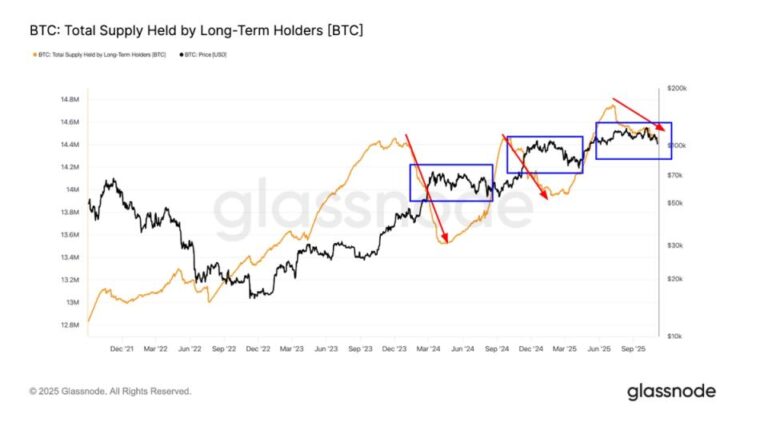Introduction to Uniswap
Uniswap is one of the leading decentralized exchanges (DEXs) built on the Ethereum blockchain. It allows users to trade cryptocurrencies without the need for a centralized authority. By utilizing an automated market-making (AMM) model, Uniswap enables users to provide liquidity and earn fees while facilitating trades in a seamless manner. However, despite its innovative approach and popularity, there are several challenges and risks associated with using Uniswap that users must be aware of.
Smart Contract Vulnerabilities
One of the primary risks associated with Uniswap is the potential for smart contract vulnerabilities. Smart contracts are self-executing contracts with the terms of the agreement directly written into code. While Uniswap’s code has been audited, vulnerabilities can still exist, especially in the rapidly evolving DeFi space. Exploits can lead to significant financial losses for users, as malicious actors may manipulate the code to drain liquidity pools or steal funds. Users should always conduct their own research and exercise caution when interacting with smart contracts.
Impermanent Loss
Impermanent loss is a common phenomenon faced by liquidity providers on Uniswap. This occurs when the price of the tokens in a liquidity pool diverges significantly from their price at the time of deposit. As a result, liquidity providers may end up with fewer assets in value compared to holding the tokens outright. The risk of impermanent loss is particularly pronounced in volatile markets, and while liquidity providers earn transaction fees, these may not always offset the losses incurred. Users should carefully assess the potential for impermanent loss before providing liquidity.
Slippage and Price Impact
When trading on Uniswap, users may encounter slippage, which is the difference between the expected price of a trade and the actual price at which the trade is executed. This can occur due to low liquidity in a particular trading pair, leading to a higher price impact on larger trades. Slippage can result in traders receiving fewer tokens than anticipated, especially during periods of high volatility. Users should be aware of their slippage tolerance settings and consider executing smaller trades to mitigate this risk.
Regulatory Uncertainty
As the DeFi space continues to grow, regulatory scrutiny is increasing. Uniswap operates in a decentralized manner, but its use of automated market-making and liquidity pools may attract attention from regulatory bodies. Users should consider the potential impact of regulations on their trading activities and the future of decentralized exchanges. Changes in regulatory frameworks could affect the accessibility, legality, and functionality of platforms like Uniswap, posing risks to users’ investments.
Liquidity Risks
While Uniswap allows users to trade various cryptocurrencies, the liquidity of specific trading pairs can vary significantly. Low liquidity can lead to larger spreads between buy and sell prices, making it difficult for traders to execute orders at desirable rates. Additionally, in cases of sudden market movements, liquidity may dry up, exacerbating price volatility. Users should assess the liquidity of their desired trading pairs before engaging in transactions to avoid unfavorable trading conditions.
Conclusion
Uniswap has revolutionized the way people trade cryptocurrencies by providing a decentralized platform for peer-to-peer transactions. However, users should remain vigilant about the various challenges and risks involved, including smart contract vulnerabilities, impermanent loss, slippage, regulatory uncertainty, and liquidity risks. By understanding these challenges, users can make informed decisions and engage with Uniswap in a more secure and strategic manner. As the DeFi landscape continues to evolve, it is essential for users to stay informed and adapt to the changing environment.

